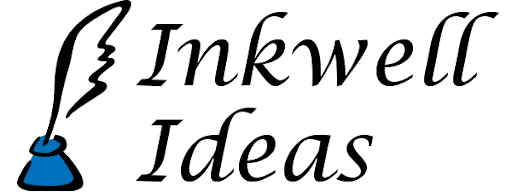Succinct Overview of OGL Fantasy 3.5 to Pathfinder Changes: Part 1 Races and Classes
The Pathfinder Roleplaying Game debuted a little over a week ago, and a conversion guide was released simultaneously. I’m still waiting on my copy of the game, but the conversion guide is an excellent summary of the differences between OGL Fantasy 3.5 and Pathfinder, except for a few places where it refers to rules and charts in the core rulebook.
However, if you just want to get a feel for the changes to decide if you should read the full conversion guide, this overview may help. (A second article coming soon will cover the changes outside of races and classes.)
At a very high level, everyone is more powerful. (One example of this is that most spellcasting classes may cast an unlimited number of 0-level spells.) Everyone gets extra abilities in one form or another. Some classes’ abilities are tweaked. A few abilities are significantly reworked. A very small number of classes lose an ability, but they already get so many other improvements. In a couple of cases a lost ability is due to gaining a related ability.
Here is an overview of the changes to races and classes in about 500 words:
- Races: Humans, half-orcs, and half-elves gain an extra +2 to an ability score. The other core fantasy races gain an extra +2 to two ability scores and a -2.
- Barbarian: Gain extra rage powers. Rage use is tracked by rounds, not uses.
- Bard: Gain performance types. Get more bonuses to knowledge checks; are better with skills. Can cast an unlimited number of 0-level spells.
- Cleric: Lose the heavy armor proficiency. Gain “Channel Energy” instead of turn/rebuke undead; this ability allows for powers like turn/rebuke undead but it lets clerics choose other abilities of similar power. Domains are changed. Some clerics may have fewer overall spell slots primarily due to the change to “Channel Energy.” Can cast an unlimited number of 0-level spells.
- Druid: Wild shape is implemented through a Polymorph sub-school of magic. Can choose an animal companion or a Cleric domain instead.
- Fighter: Gain extra armor and weapon bonuses.
- Monk: Gain more feats. Changes to Furry of blows. The AC bonuses are improved. At 4th level they gain a Ki pool. This pool is used toward special abilities (such as heal self, dimension door, become ethereal) available at varying levels.
- Paladin: Smite evil is changed so it works against a selected target until the target is defeated. Lay on hands can be used more often and at 4th level it can be used to “channel energy” like a cleric. Spell progression has been altered. New “divine bond” ability grants special abilities through a mount or weapon. “Auras.”
- Ranger: Favored enemy’s creature types were changed slightly. Track no longer grants a bonus feat; all characters can try to track; track now grants a bonus to the Survival skill when tracking. Combat styles are more flexible through a limited number of feat choices. “Favored terrain” is a new ability that grants more bonuses. “Hunter’s bond” class feature bonds the ranger to an animal companion or to the party; animal companion is similar to the druid’s; party bond grants favored enemy bonus to the party for parts of a day. Even more special abilities at high levels.
- Rogue: Trapfinding grants a bonus to Perception checks to find traps and Disable Device checks. “Rogue Talents” are new special abilities related to acrobatics, disarming traps, hindering foes and are granted every two levels starting at 2nd.
- Sorcerer: Select a “Bloodline” to gain a set of additional abilities, class skills, bloodline-based feats. Lose their familiar unless they select the “arcane” bloodline. Gain Eschew Materials feat. Can cast an unlimited number of 0-level spells.
- Wizard: Specialists gain a trio of powers, two at first level and one at 6th or 8th depending on the spell school. Specialists can cast spells from opposing schools, but they cost two spell slots. Can bond with an item instead of a familiar. If they bond with an item they can cast an additional spell without preparing it if they have the bonded item. If the wizard doesn’t have the bonded item, casting spells is more difficult. Can cast an unlimited number of 0-level spells.
The above list doesn’t include all changes, just the more important changes. One example of what was left out is that a fighter also gains “bravery” which is a bonus to Will saves against fear equal to 1/2 the fighter’s level. This article should help you decide if you want to look into the Pathfinder game in more detail by reading the free conversion guide and then checking out the core rulebook or the Pathfinder SRD.

Thank you! With all the talk about PF, I was looking for a succinct overview.